Natyashastra & Abhinaya Darpana
2 Seasons
The Hastas, Bhedas & Sthanas will be dealt with in this series. The Natyashastra will be used as the primary reference point, but a few examples from the Abhinaya Darpana will also be given.
All the shlokas from the Natyashastra and Sangita Ratnakara are taught in the lineage of Dr Padma Subramanyam and are a product of her research.
-
00:49Episode 1
Asamyukta Hasta
Episode 1
The Asamyuta hastas, as described in the Abhinaya Darpana are 28 in number.
These Hastas are used as embellishments in adavus as well as to communicate meaning gesturally, The Viniyogas in the Abhinaya Darpana describe a number of possible gestural implications for each Hasta.
Please refer to...
-
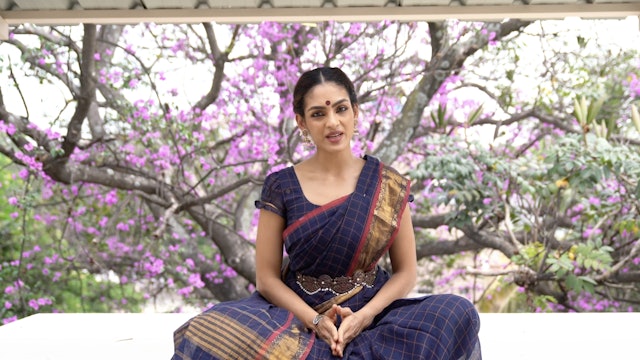 01:08Episode 2
01:08Episode 2Samyukta Hasta
Episode 2
The Asamyuta hastas, as described in the Abhinaya Darpana are 28 in number.
These Hastas are used primarily communicate meaning gesturally, The Viniyogas in the Abhinaya Darpana describe a number of possible gestural implications for each Hasta.
Please refer to the Shloka below for pronunciat...
-
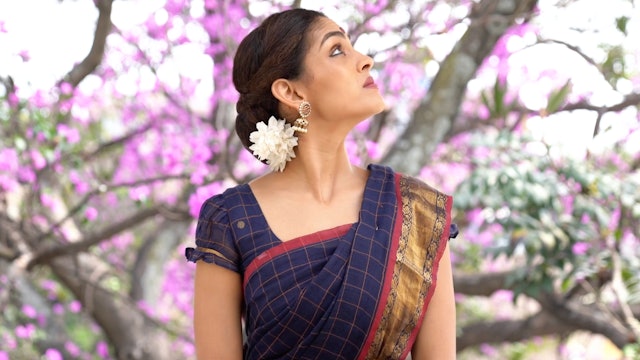 00:37Episode 3
00:37Episode 3Shirobheda Abhinayadarpanam
Episode 3
The Shirobhedas, as described in the Abhinaya Darpana are 9 in number.
These Shirobhedas, or gestures of the head are used primarily communicate meaning gesturally, and also used for specificity in Nritta.Please refer to the Shloka below for pronunciation. Please note that the separate movement...
-
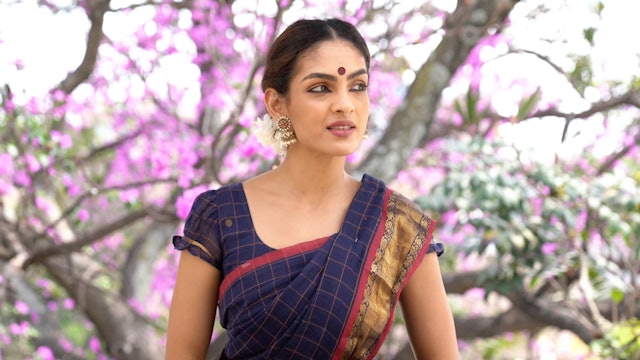 00:18Episode 4
00:18Episode 4Grīvabheda Abhinayadarpanam
Episode 4
The Grīvabhedas, as described in the Abhinaya Darpana are 4 in number.
These Grīvabhedas, or gestures of the neck are used primarily communicate meaning gesturally, and also used for specificity in Nritta.Please refer to the Shloka below for pronunciation. Please note that the separate movement...
-
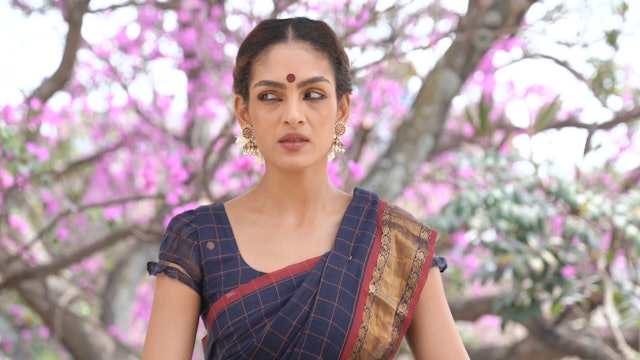 00:28Episode 5
00:28Episode 5Drishtibheda Abhinyadarpana
Episode 5
The Drishtibhedas, as described in the Abhinaya Darpana are 8 in number.
These Drishtibhedas, or gestures of the eyes are used primarily communicate meaning gesturally, and also used for specificity in Nritta.Please refer to the Shloka below for pronunciation. Please note that the separate move...
-
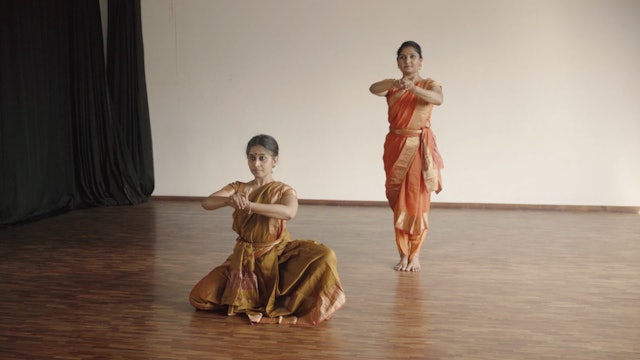 00:34Episode 6
00:34Episode 6Daśavatāra Hasta
Episode 6
Daśavatāra Hasta
The Abhinaya Darpana Hastas for the ten incarnations of VishnuAvatar: Right Hand / Left Hand
1. Matsya: Ardhaćandra (shoulder level) / Ardhaćandra (shoulder level)
2. Kūrma: Mrugasirśa (shoulder level) / Mrugasirśa (shoulder level)
3. Varaha: Mrugasirśa (waist level) / Mrugasi... -
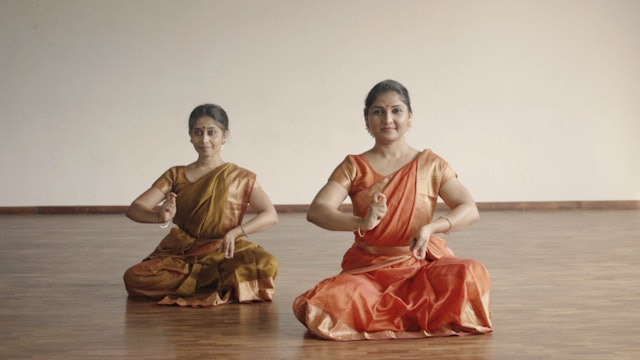 00:58Episode 7
00:58Episode 7Devata Hasta
Episode 7
Devata Hasta
The hand gestures that depict the various gods and goddesses according to the Abhinaya Darpana
अथात्र ब्रह्मरुद्रादिदेवताभिनयक्रमात्
मूर्तिभेदेन ये हस्तस्तेषां लक्षणमुच्यतेAthātra brahmarudradidevatabhinayakramāt
Mūrtibhedena yé hastasteśām lakśanmūćyatéDeity Right Hand Left H...
-
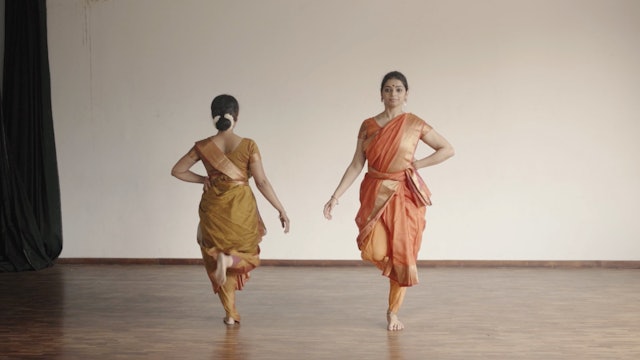 01:37Episode 8
01:37Episode 8Ćaris (Abhinaya Darpana)
Episode 8
A Ćari is a type of gait or manner in which the body can move. Taken from the root word 'ćar' to move in sanskrit, it represents a movement through space. The ćaris of the Abhinaya Darpana are very different from the ćaris of the Nātyaśaśtra
These types of gaits are used primarily to communicate...
-
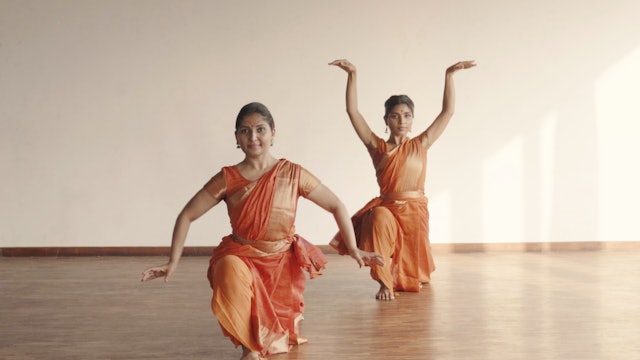 00:47Episode 9
00:47Episode 9Mandala Bheda
Episode 9
The leg positions according to the Abhinaya Darpana are very different from the Natyaśaśtra. Mandala, itself has a different meaning in both the texts. Please remember to note that this śloka is specifically from the Abhinaya Darpana.
स्थानकं चायतालीढम् प्रेण्खणप्रेरितानि च
प्रत्यालीढम् स्वस्... -
 00:54Episode 10
00:54Episode 10Sthānaka Bheda
Episode 10
Th Sthanaka Bheda in the Abhinaya Darpana are quite varied from those that we call Sthanakas in the Natyaśaśtra. Be sure not to be confused with one another.
samapaadanća eka paadam naagabandhasthatha param
aindreća garudasćaiva brahmastanamithi kramam1. Samapāda – standing with both feet ali...


